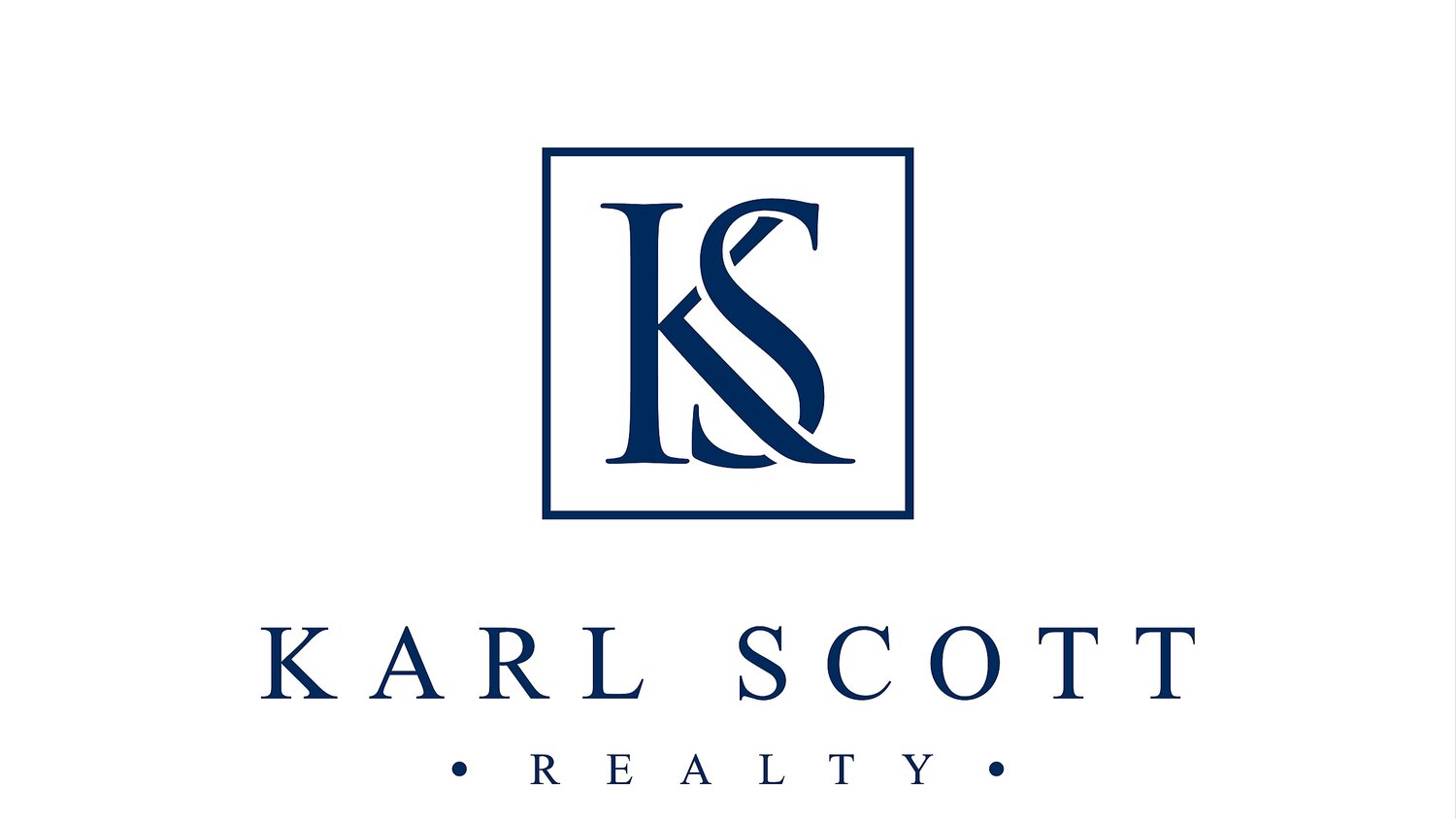4 Misconceptions About Flood Insurance
/Many homeowners still think standard property insurance covers flooding – it doesn’t – but some companies do offer credits or money for flood mitigation efforts.
STATEPOINT, Wash. – Many people look forward to spring when the weather warms up and flowers start to bloom, but it also marks the start of the peak time of year for flash flooding in the United States. According to the National Oceanic and Atmospheric Administration (NOAA), 75% of flash floods happen between late April and mid-September. And while you may not want to think about it, when water backs up and overflows, it generally goes where it doesn’t belong and can cause serious damage to your home.
Unfortunately, many homeowners have misconceptions about floods, leaving them unprepared. Here are four of the biggest myths:
Homeowners insurance policies cover flood damage. A typical homeowners policy covers water damage from a sink or bathtub overflowing but won’t help with flood damage caused by storms – something many homeowners only discover after it’s too late. However, some insurance companies offer coverage to help fill the gaps, so you don’t have to pay out of pocket for repairs and replacements.
Only people who live in flood plains need flood insurance. A national survey commissioned by Erie Insurance found that 53% of homeowners think only people who live in high-risk flood zones should buy flood insurance. However, 25% of flood claims are filed by people who live outside those areas. Additionally, FEMA says floodwater only needs to get a mere 3 inches high to make it likely that you’d need to replace drywall and baseboards.
There’s nothing you can do to prevent flood damage. Nothing is foolproof, but there are ways to protect your home from water damage. Install a sump pump along with a battery backup and regularly test it. Improve drainage around your home by clearing leaves and debris from gutters, storm drains and downspouts. You can also install water sensors to alert you of water or leaks within your home.
If a storm is on the way, plan ahead by placing valuables and sentimental items into plastic storage bins, moving items off the floor (especially if they are stored in basements and lower levels of a home) and by making a home inventory. A list of all your personal possessions, along with their estimated values, will help if you need to file an insurance claim.
Insurance can only help you after an incident. Many homeowners don’t realize they may be able to get reimbursed for taking steps to protect their homes when flooding is imminent. As one example, under certain circumstances Erie Insurance will reimburse homeowners up to $10,000 for materials such as sandbags and the sand to fill them, fill for temporary levees, pumps or plastic sheeting and lumber used with these items, as well as labor.
“We encourage homeowners to not underestimate the risk of flooding, and to be aware of the significant amount of damage that even a small amount of water can cause,” said Michelle Tennant, vice president of product management, Erie Insurance. “Talk to your independent insurance agent about your home and your neighborhood to make sure you have the coverage that’s right for you.”
Life is unpredictable. So is weather. But one thing is certain: if it can rain (or snow), it can flood. Make sure you’re protected with the right type of insurance.
Reposted with permission
Copyright ©2023 NCW Media, Inc., Cashmere Valley Record. All rights reserved.



